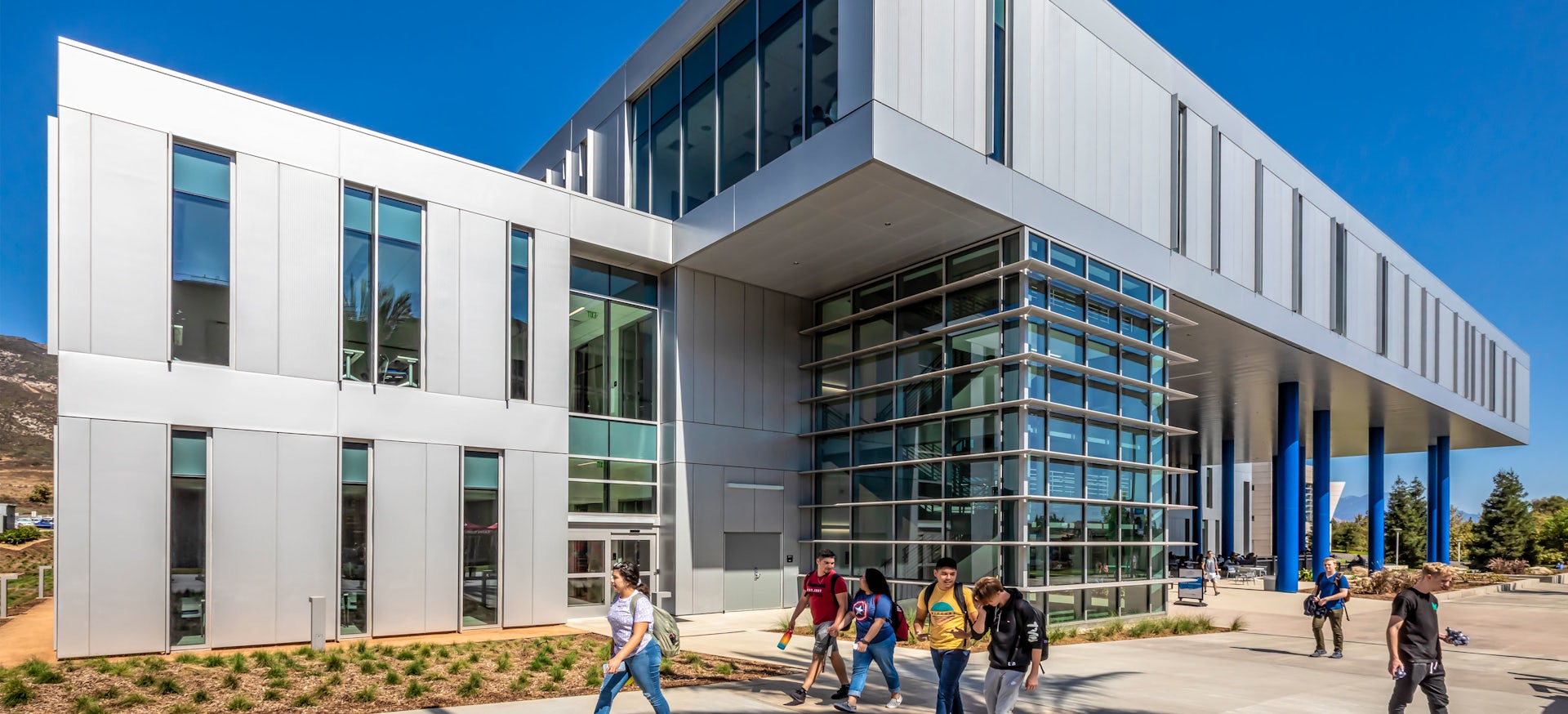Integrated design firm is again the largest architecture firm in the U.S. to surpass the goal of the AIA 2030 Commitment, the industry’s key initiative to address climate change
IRVINE, CA—Integrated design firm LPA was the largest firm in the country to meet the American Institute of Architects (AIA) 2030 Commitment target in 2019 for reducing energy use in new buildings, according to data released this week by the AIA.
It was the second year in a row that LPA was able to meet the 2030 Commitment, the industry’s largest initiative to address climate change, which calls for new buildings to be carbon neutral by 2030. The urban built environment is responsible for 75 percent of annual global greenhouse gas (GHG) emissions; buildings alone account for 39 percent, Architecture 2030 reports.
In 2019, 27 companies met the Commitment’s target of a 70 percent reduction in a project’s predicted net energy use compared to a baseline standard, up from 16 in 2018, the AIA reports.
LPA surpassed the standard by taking a fundamentally different approach to energy use than typical architecture firms. The firm’s integrated design process emphasizes research and collaboration across disciplines, including LPA’s in-house engineers, landscape architects and interior designers.
“We achieved the standard by making energy efficiency a core value on every project,” says LPA president Dan Heinfeld. “The data shows that a better process does achieve better results.”
LPA achieved the results across more than 6 million square feet of projects in California and Texas, including civic, education and healthcare facilities. LPA reduced energy use by an average of 73.2 percent, compared to an average of 49 percent from all the reporting firms.
LPA Beats Building Industry’s Energy Reduction Target for Second Year in a Row
“We achieved the standard by making energy efficiency a core value on every project,” says LPA president Dan Heinfeld. “The data shows that a better process does achieve better results.”
The 2030 results were the latest in a long line of efficiency and sustainability accomplishments for LPA. LPA designed the first LEED-NC building in the country, the Premier Automotive Group headquarters in 1998; the largest LEED-NC Gold office campus in California, Toyota’s campus expansion, in 2003; and the first LEED Platinum project in Orange County, the net-zero Environmental Nature Center in Newport Beach.
In May, the AIA awarded LPA a national COTE Top Ten Plus award, the industry’s highest award for sustainable design, for the design of the Environmental Nature Center and Preschool in Newport Beach, California.
On every project, LPA empowers the project teams to work with clients and find better ways to achieve the goals, says Keith Hempel, LPA Design Director, Commercial
“To achieve the 2030 goals, we need to invest in education and training and provide our designers with the tools they need to succeed,” Hempel said.
The AIA 2030 Commitment creates a roadmap for the building industry to reach net-zero, a critical target in addressing climate change. In 2019, the reductions tracked by the 311 companies saved an equivalent of 20.2 million metric tons of carbon dioxide emissions, roughly the same level of carbon sequestered by 26.4 million acres of forest in one year.
About
Founded in 1965, LPA specializes in creating innovative environments that work better, do more with less and improve people’s lives. An integrated design firm with six locations in California and Texas, LPA’s team includes more than 400 in-house architects, master planners, engineers, interior designers, landscape architects and research analysts, working across a wide array of sectors. For more information, visit lpadesignstudios.com.


